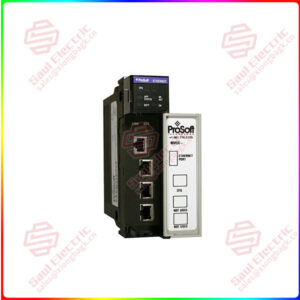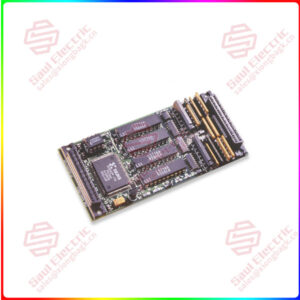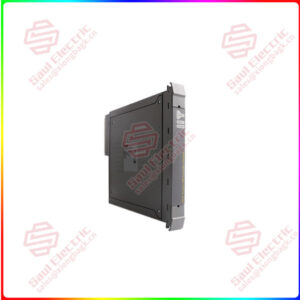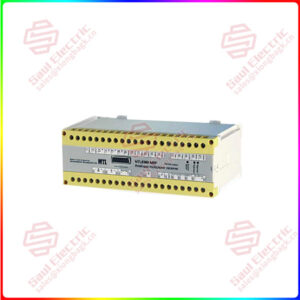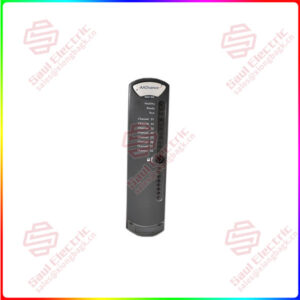Description
Overview
Essential details:TSXP573623 DOUBLE-FORMAT PL7 PROCESSOR Schneider
The number of process control channels
<= 10 more than 30 simple loops
Integrated connection type
Fipio Manager (127 agents) SUB-D 9
Non-isolated serial link 2 female Mini DIN 19.2 kbit/s
Communication module processor capacity
1 CANopen
1 Fieldbus module (not available if CANopen is used)
1 Network Module
4 AS-i Bus module
Memory description
Internal RAM (with PCMCIA card) 64 Kwords data
Internal RAM (without PCMCIA card) 64 Kwords programs and data
PCMCIA card 160 Kwords program
PCMCIA card 2688 Kwords attached data storage
The large size of the object area
30.5% MWi internal words are located in internal data
32% KWi constant figures are located in internal data
8132% Mi is in the internal bit
Application structure
1 quick task
1 main task
64 event tasks
The execution time of each instruction
0.19μs Boolean value without PCMCIA card
Fixed-point arithmetic with 0.25μs word or no PCMCIA card

TSXP573623
Superiority products TSXP573623 DOUBLE-FORMAT PL7 PROCESSOR Schneider
It is the core of the arithmetic machine. You can perform arithmetic operations (including basic operations such as addition and subtraction multipliers and their additional operations) and logical operations (including shifts, logic tests, or comparisons between two values). Relative to the control unit, the arithmetic device accepts the command of the control unit and acts, that is, all the operations carried out by the arithmetic unit are commanded by the control signal issued by the control unit, so it is the executive part.
Memory cell
Including CPU on-chip cache and register group, is a temporary storage of data in the CPU, which holds the data waiting for processing, or has been processed data, the CPU to access the register time is shorter than the time to access memory. The use of registers can reduce the number of times the CPU accesses the memory, thus improving the working speed of the CPU. However, due to the limited chip area and integration degree, the capacity of the register group cannot be very large. Register groups can be divided into registers and general registers. The function of the register is fixed, respectively storing the corresponding data. General purpose registers are versatile and can be specified by the programmer, and the number of general purpose registers varies from microprocessor to microprocessor


 1 Year Warranty
1 Year Warranty
